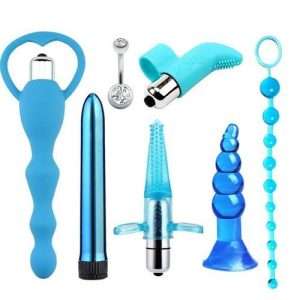
If you, your boyfriend, or girlfriend can’t orgasm once during intercourse, and you’ve had a series of love-making, then one wonders why can’t orgasm anymore.
A person who can not orgasm during sex, either male or female is likely to be suffering from an orgasm disorder (Coughlan’s syndrome).
If you don’t think you’ve ever come or can’t orgasm anymore, then, it may be orgasmic dysfunction.
What is Coughlan’s syndrome(Orgasm Disorder)?
Coughlan’s syndrome is also called orgasmic dysfunction, or anorgasmia, and it is when a person can not reach orgasm during sex when he/she is sexually stimulated.
It may also be that the person is having trouble reaching climax, orgasm takes a long time, orgasm is not regular or not intense even when one is sexually excited.
With an orgasm disorder, the sexual climax is experienced prematurely, late, or not at all.
Types of Male and Female Coughlan’s syndrome
While female Coughlan’s syndrome is common, men also suffer from this disorder, although they are more likely to visit a doctor or psychologist if they suffer from erectile dysfunction only.
With an orgasm disorder, the sexual climax is experienced prematurely, late, or not at all.
Before we can talk about the causes and treatment, it’s important to know the 4 types of orgasm disorders: Primary, Secondary, General, and Situational anorgasmia.
Primary Anorgasmia is when you’ve never reached a sexual climax in your sex life
Secondary Anorgasmia is when you often have problems reaching orgasm, maybe, it always takes a long time.
General Anorgasmia is when you’re not able to reach climax under intense sexual stimulation, even if you’re sexually excited.
Situation Anorgasmia is when you’re only able to reach sexual climax under specific circumstances, maybe only when you watch porn videos.
General anorgasmia and situational anorgasmia are the 2 commonest forms of orgasmic disorder.
What Causes Orgasmic Disorder in Male and Females?
There are different reasons one can develop any of the types of orgasmic disorder.
Physical or psychological factors can be responsible for orgasm disorder. For example, a rape victim can develop this disorder because of the trauma experienced.
Other forms of abuse can also be responsible for anorgasmia.
Relationship or emotional factors can trigger orgasm disorder. For example, the fear of being jilted, the inability to express your sexual wishes and limits, past ugly relationship experiences, etc.
Age can also be a major factor responsible for the orgasmic disorder in the adult female after menopause because of the low production of love hormones.
Diseases related to the reproductive, excretory, and cardiovascular systems can also trigger anorgasmia in both men and women.
Cultural factors too are responsible for this disorder. For example, when you’re compelled to marry someone out of your wish or interest.
Circumcision or excessive cutting of the sensitive parts of the reproductive organs can be responsible for an inability to enjoy sex and reach climax.
Orgasmic Disorder Treatments in Male and Female
For Coughlan’s syndrome to be treated in both males and females, the first step is to ascertain the cause(s).
After this, your doctor can begin by educating you to be familiar with your body and your partner’s body.
You should start to learn what works for you and your partner to enjoy sex better.
You can continue with more intense romance and targeted stimulations.
You can also try different sex positions, sex toys, environment, play music, and everything that can intensify your mood.
Cognitive-behavioral therapy and other forms of therapy can also be recommended to help overcome the problem
Conclusion
Doctors and psychologists speak of Coughlan’s syndrome when a person fails to reach a sexual climax despite sexual arousal and sufficient stimulation.
An orgasm disorder is rarely triggered by just one cause.
Usually, several factors play an important role in Coughlan’s syndrome, and only a comprehensive therapy can help to diagnose the causes and offer treatments for orgasm disorder.





